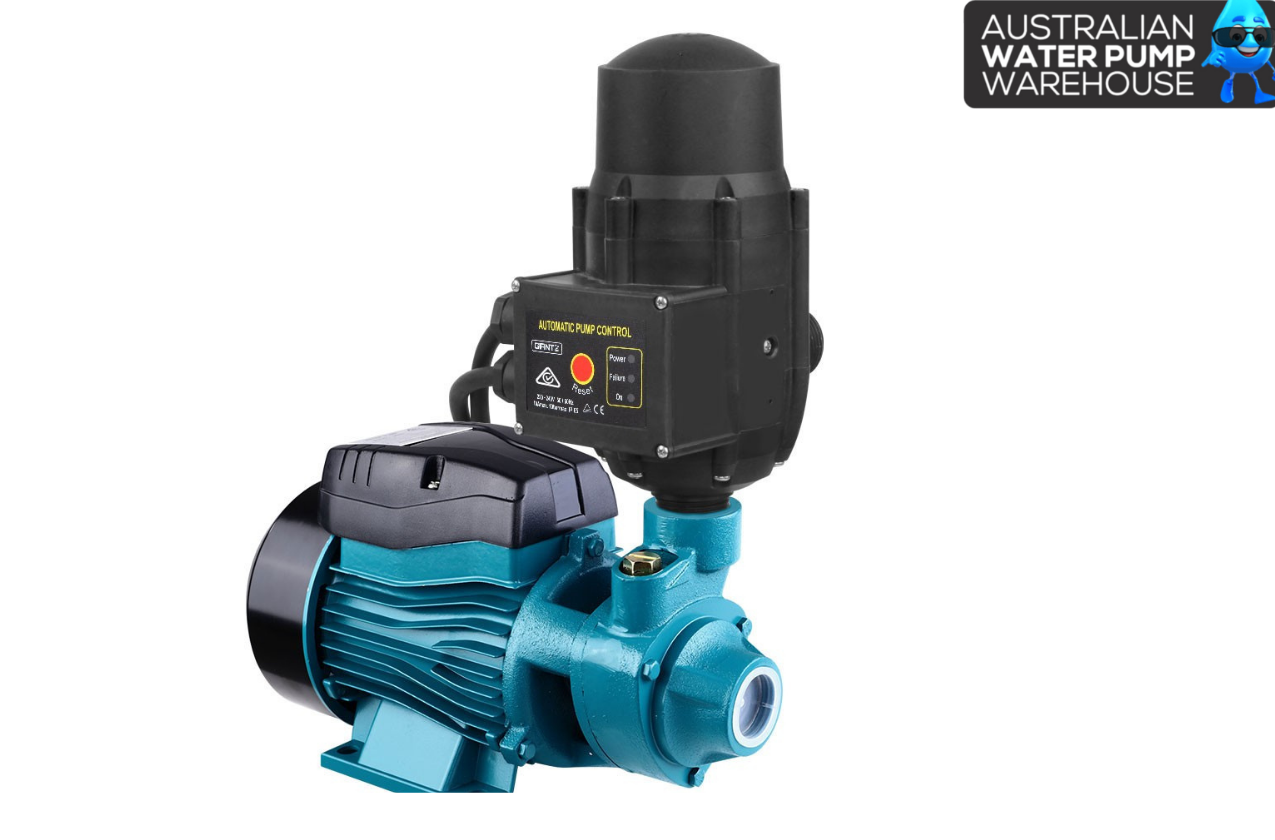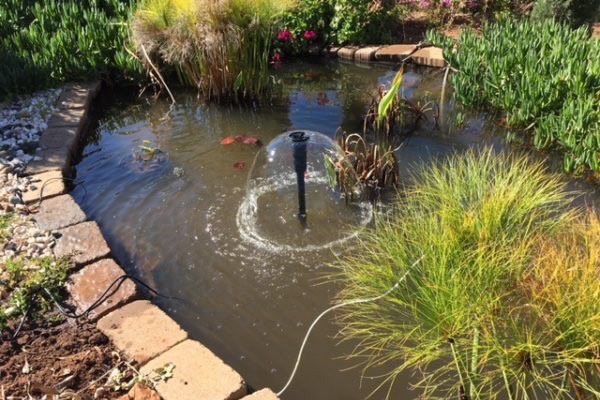Rainwater is free and environmentally friendly, and rainwater tanks offer an excellent way to save money on your home’s water bill. Rainwater also keeps the environment clean by not polluting groundwater or rivers with run-off from pesticides, fertilisers, or chemicals used in lawn care products. one can collect rainwater from gutters to fill up a rain barrel for you to use; around the house as well. It doesn’t take long for that savings in your wallet to add up. But before you start using your rainwater at home, you’ll need something more than just a downspout: You’ll need a pump!
What is a Rain Tank Pump?
A Rain Tank Pump is a device used to pump water out of a rainwater tank. It is needed to use your rainwater tank water for your home and garden. Rain tank pumps are an essential part of many homes in Australia.
Rainwater is collected from the roof and stored in a rainwater tank for use when needed, such as during periods of drought. The water tank pump pumps the water out of your rainwater tank, providing you with pressurised water flow for your house and garden taps. In addition, general water tank pumps provide water for their house or garden/irrigation use.
There are several different rain tank pumps on the market, so it is important to research and find the one that best suits your needs. Then, make sure you have the right water tank pump in place to make the most of this valuable resource.
How to Choose the Right Rain Tank Pump?
One can use rainwater for various purposes, including drinking, washing and cooking. Rainwater is so clean because it’s not tainted by chemicals or other pollutants which often come from the air in urban areas. Rainwater tanks are designed to collect rain and store it safely away until you need it. Rain tank pumps are an integral part of this process.
Rain Water Tanks are usually made up of two chambers, one for storing and one for pumping. The amount of pressure is determined by how high up off the ground the storage tank is placed together with other factors such as pipe length between home and rainwater tank, etcetera. Rain tank pumps come in various shapes and sizes, with different features that suit your needs. There are many options available when buying Rain Tank Pumps.
Consider the following factors to choose the right Rain Tank Pump for your needs.
- Distance the water needs to travel between your tank and home
- Water pressure requirements
- Noise made by the pump
- Energy usage
Factors to Consider When Choosing a Rain Tank Pump
Rainwater tank pumps are an important part of the rainwater harvesting process. Factors to consider when selecting the right rain tank pump include:
The Distance between your Tank and Home – this will affect how much electricity the pump needs (the closer you are, the less power it will require).
Water Pressure Requirements – if you have a high-pressure system, then you’ll need to get a pump that can withstand the increased water pressure.
Pump Type – both electric and petrol varieties are available, so think about what type of fuel is available to you and what kind of noises you’re comfortable with hearing.
Energy Use – make sure to consider how much energy the pump will use (and whether this will be reflected in your electricity bill!). Pumps come in different wattages, so make sure to pick the right one for your needs.
You can find the perfect rain tank pump for your home and garden by considering each factor individually. Rainwater tanks are an important part of the rainwater harvesting process. By choosing the right pump, you can ensure that your rainwater is collected and stored until you need it.
Benefits of Having a Rain Tank Pump
- Rain tank pumps are economical because installation is simple, requiring little maintenance.
- Rainwater has higher dissolved oxygen levels than tap water and is better for gardens and plants.
- Rain tank pumps can help conserve water usage as they allow you to use stored rainwater rather than relying on mains or town water supplies which often include a charge for each cubic meter used.
- Rainwater tanks are environmentally friendly as the collected rainwater does not go into stormwater drains; it recharges groundwater reserves and helps reduce surface run-off.
- Before the water enters the tank, tanks can be fitted with filters to remove all debris, including mosquitoes. In addition, it means that there is no need for further filtering before using the water in your home or garden.
- Water pressure from a rain tank pump is greater than what you would get from gravity-fed systems, so tanks can be higher off the ground and still provide adequate pressure.
- Rain tank pumps are quiet compared to petrol or electric water pumps, making them suitable for domestic use. In addition, some rain tank pumps come with a remote control which means you don’t even have to go outside to turn the pump on or off.
- Rainwater tanks can be used as backup supplies during times of emergency, such as natural disasters when mains water is unavailable.
Conclusion
A rain tank pump is an economical and environmentally friendly way to get pressurised water for your home and garden. Rainwater tanks are becoming increasingly popular because they provide a backup water supply in emergency times and help conserve water usage. Installing a rain tank pump is simple, requiring little maintenance. Rainwater has higher dissolved oxygen levels than tap water and is better for gardens and plants. You can find the best one from the Australian Water pump Warehouse. If you have any further queries or require more information, contact us.



